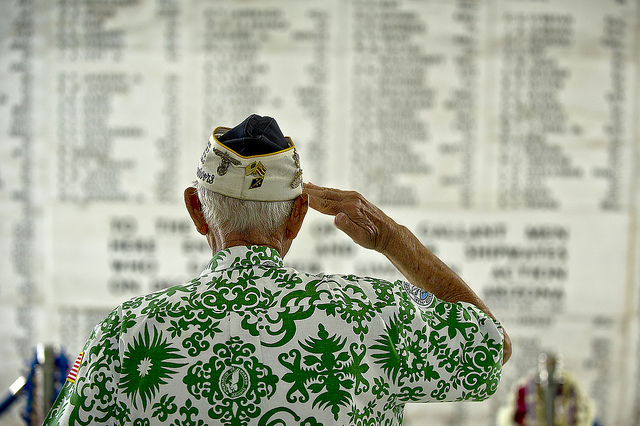By Sarah Bakhtiari
This week, President Obama’s visit to Hiroshima has stirred up controversy over the use of nuclear weapons. Scott Sagan and Benjamin Valentino recap popular opinion in the U.S. in the wake of the bombings at Hiroshima and Nagasaki, then frame it against more recent polling on support for nuclear weapons’ use in modern geopolitical contexts. Meanwhile, North Korea continues to pursue a path of nuclear weapons development and, even skeptics agree, is on track to developing a nuclear-capable missile with a range reaching to the continental United States by early next decade. What’s to be done? Some say the U.S. has few levers to pull. Maybe these troops should wise up?
Dead body politics—yes, that’s right, the politics of which bodies are counted and how—directly shape policy. U.S. policy, for example, on drone strikes counts the number of civilian casualties differently than watchdogs do, leading to divergent claims about the success (or failure) of drone strikes. The lack of transparency in U.S. drone policy has been a persistent issue for watchdog agencies, as well as individuals like this Army chaplain, who resigned over what he called the executive branch’s claim to “the right to kill anyone, anywhere on Earth, at any time, for secret reasons, based on secret evidence, in a secret process, undertaken by unidentified officials.” Stimson Center produced a report card grading progress on U.S. drone policy this past February to offer insights into how well the Obama administration has taken up the recommendations of the Stimson Task Force on Drone Policy. As this researcher points out, success is defined relatively—depending on the timeline and effects of interest.
Help combat your inner p-value demons with this new article from the European Journal of Epidemiology, which offers an explanatory list of 25 misinterpretations of P values, confidence intervals, and power.
Peer-reviewed, open access journals offer the potential for more widespread readership and research dissemination. But are they all alike? As Timothy Rich demonstrates, some masquerade as legitimate but don’t provide the scrutiny one would expect from a peer-reviewed publication. Read here to find out how Rich brought “sexy back” to test the credibility of the Review of History and Political Science. Such open access journals, might, however, be the best way to spread your research insights directly to policymakers—since many political leaders and civil servants have no access to academic journals.
Finally, many thanks to our fallen defenders this Memorial Day. Here’s a great piece on the moral risk of modern military service and the responsibilities of citizenship.







